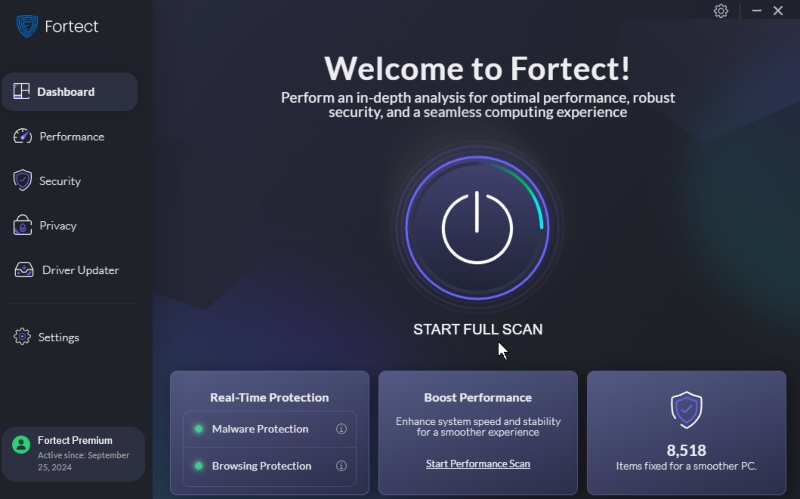What Is Credential Stuffing and How to Prevent It for Windows Users
Credential stuffing is a prevalent cyberattack in which hackers use stolen credentials from one breach to access multiple accounts on different platforms. This attack exploits users’ tendency to reuse passwords across various sites and services. If not properly managed, it can pose significant security risks for Windows users.
With Fortect, we will examine credential stuffing and provide practical strategies to prevent it.
Understanding Credential Stuffing

Credential stuffing is an automated attack where hackers use lists of stolen usernames and passwords to attempt logins on other websites. The primary goal is to exploit the fact that many individuals reuse passwords across multiple sites. When a data breach occurs, the stolen credentials can be used to gain unauthorized access to various accounts, potentially compromising sensitive information and leading to further attacks.
How Credential Stuffing Works
- Data Breach: Cybercriminals obtain stolen credentials from previous data breaches.
- Automated Tools: They use automated tools to try these credentials across multiple websites and services.
- Account Compromise: If users have reused passwords, attackers can gain access to their accounts, leading to data theft or further exploitation.
5 Ways to Prevent Credential Stuffing Attacks
Preventing credential stuffing requires a combination of secure practices and proactive measures. Below are key strategies to safeguard your Windows environment from these attacks.
Use Unique and Complex Passwords
One of the most effective ways to prevent credential stuffing is to ensure each account uses a unique and complex password. Avoid using the same password across multiple sites, as this increases the risk of compromise.

Why Unique Passwords Matter
Using unique passwords for different accounts means that even if one password is stolen, other accounts remain secure. Complex passwords that include a mix of letters, numbers, and symbols are more complicated for attackers to guess or crack.
Tips for Creating Strong Passwords
- Use a password manager to generate and store unique passwords.
- Create passwords that are at least 12 characters long.
- Include a mix of uppercase and lowercase letters, numbers, and special characters.
Enable Multi-Factor Authentication (MFA)
Multi-factor authentication (MFA) adds an extra layer of security by requiring a second form of verification in addition to your password. This significantly reduces the risk of unauthorized access, even if a password is compromised.

How MFA Enhances Security
MFA requires users to provide both something they know (a password) and something they have (a code sent to their phone or email). This dual verification process makes it much easier for attackers to access both pieces of information.
Setting Up MFA
- For Windows Accounts: Go to Settings > Accounts > Sign-in options, and set up MFA options like Windows Hello or a security key.
- For Online Accounts: Enable MFA in your account settings on platforms like Google, Microsoft, or your preferred email service.
Monitor Account Activity Regularly
Regularly monitoring your account activity can help you detect unusual login attempts or unauthorized access early. This proactive approach can mitigate damage if a credential-stuffing attack occurs.
How to Monitor Account Activity
- Check Login Logs: Many services provide login history or activity logs. Review these regularly for unusual activity.
- Set Up Alerts: Enable notifications for login attempts or account changes so you are alerted to suspicious activity.
Use a third-party tool to monitor your Windows PC performance and automatically scan potential threats. With Fortect Premium, you’ll receive real-time notifications about any threats your PC might encounter, including credential stuffing.

Download and install Fortect now.
Update and Patch Software Regularly
Keeping your software up-to-date, including Windows and applications, ensures you benefit from the latest security patches and vulnerability fixes. Attackers often exploit outdated software to gain access.
Importance of Regular Updates
Updates fix known vulnerabilities that could be exploited in credential-stuffing attacks. Ensuring your system is up-to-date reduces the risk of such attacks.
How to Check for Updates

- For Windows: Go to Settings > Update & Security > Windows Update and check for updates regularly.
- For Other Software: Enable automatic updates or periodically check the software’s website for the latest versions.




